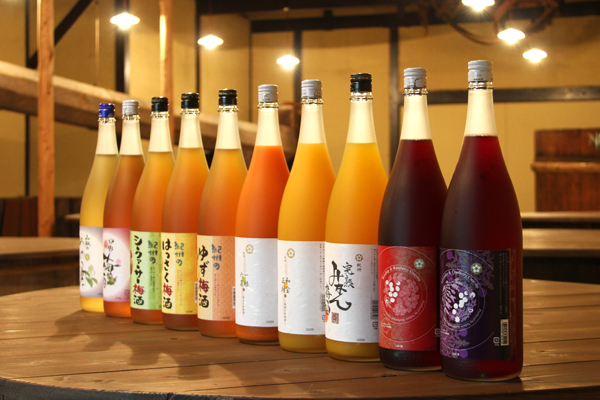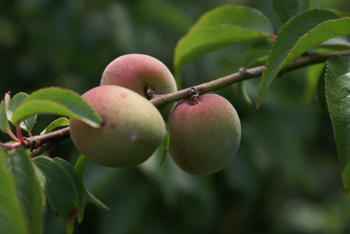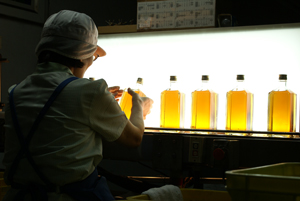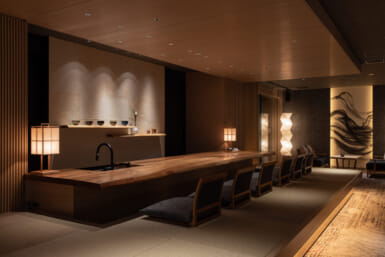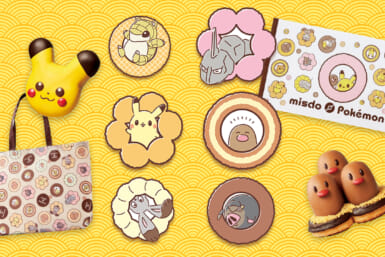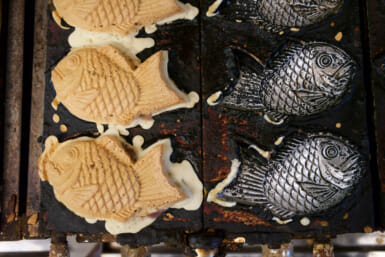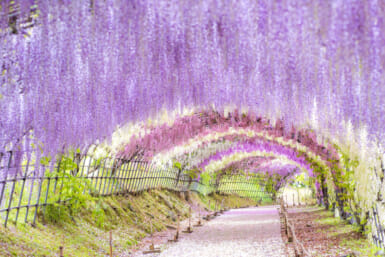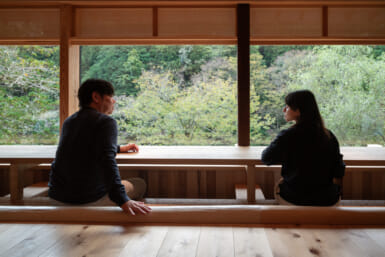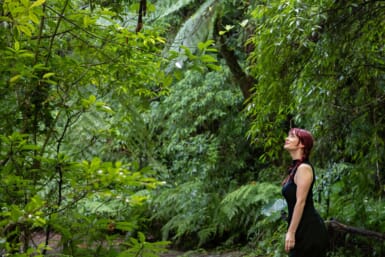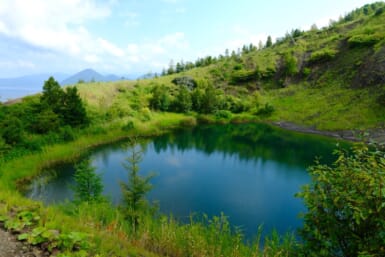Our new favourite prefecture – as we noted in our June issue, is Wakayama. If you go there, as we found out, there is one tipple that stands out… umeshu. Adam Miller took a look around the Nakano BC brewery, learning and tasting on the way.
It would be unjust to have a section on Wakayama without noting what it is truly famous for; the fields and fields of ume which grow there. Ume is often translated into English as being a kind of plum but it is actually a closer relative to the apricot. You may best know them as ume-boshi, the pickled version which lies atop many a bento box, either making the meal or ruining it, depending on where you stand on the sour, salty snacks.
Ume are fascinating fruits with many reported health benefits attached to them, including the ability to purify your blood due to being a great source of citric acid.
They are said to prevent weariness and are a great way to help with dieting as the high citric acid content helps us digest food more effectively. In Japan, ume-boshi are often served with rice as a miniature preservative and, believe it or not, samurai were given rations of the pickle to help fight battle fatigue.
Nakano BC make an ume-extract supplement, a small, chewy and extremely sour pill, that can be taken on a daily basis. Today, though, the company is more famous as one of the most prolific breweries in Japan and it produces the best sake and umeshu in the area.
The company was established in 1958 as a medicinal alcohol company and only began making sho-chu in 1961. It is still very much invested in the health market and, in 1998, began making lifestyle based healthcare products.
Although a comparatively new company by local standards, it is still very keen to keep traditional methods of brewing alive. That does not stop it from being innovative, though, with a huge range of sake and umeshu available.
Their sake was met by great appreciation from the Japanese market and Nakano BC grew through the following eight years, becoming one of the most thriving new breweries in Japan. Due to its success, in 1979, the company decided to expand their operations and opened a new section solely concerned with umeshu production.
For decades sake was far more popular than its fruity counterpart but the popularity of umeshu has steadily increased and, seven years ago, it caught up. Now it is far more popular and attracts a young, vibrant and mostly female audience. There are over 50 varieties of umeshu available from Nakano BC, some using different varieties of ume, some blended with another fruit or ingredient, but all of them are consistently high in quality.
With all the attention that umeshu draws, it would be easy to ignore the wide variety of sake available but that would be such a shame. Again there is a very wide range of products to choose from, with equally diverse price-tags. The top-end products come in at 10,000 yen per bottle but some are available for as little as 1,000 yen.
The rice which is used is extremely important with respect to how the finished product will turn out. Whereas the ingredients for the umeshu are grown locally, the rice used for the sake is selected from farms all over the country. They are extremely selective in the rice they use and you can be assured that only the best makes the cut.
Much like single-malt whisky, sake can be made using a single brand of rice. Alternatively, several can be mixed together to acquire a more complex taste (like a blended whisky).
Keeping that analogy in mind, the general rule of thumb is a sake made from a single strand (or grain) is more expensive than a blend, although there are many exceptions to this rule.
Although there are a vast amount of drinks to choose from, everything is treated with a staggering amount of care and attention to detail. As you may imagine, the main ingredient for an alcoholic drink is water.
This is something that is often overlooked as superfluous but Nakano BC see the merits of choosing the base ingredient carefully. As such, the only water used in every single one of their products is fresh spring water from the surrounding area.
The equipment, utensils and work stations are cleaned thoroughly using the same natural spring water, too, meaning that the finished product is untarnished and pure.
There is a vast amount of pride at Nakano BC and everyone knows that the products they produce are both second-to-none and still affordable to a wide market.
A designated research and development team work year round, on site, to improve existing products and introduce new and exciting recipes to the market.
The head of umeshu production, a 35-year veteran at Nakano BC, Mr. Yamamoto, sums it up perfectly when he says, “With every product we produce, the process is different but everyone has the same goal; to make a quality product that can wear the Nakano BC brand with pride.”
By Adam Miller
To see how this piece originally looked in the magazine, click here.
Nakano B.C. (Biochemical Creation) KK has a website, mostly in Japanese, here.
Address: 758-45 Fujishiro, Kainan-shi, Wakayama Prefecture 〒642-0034
To book a tour, call: 073-482-1234

